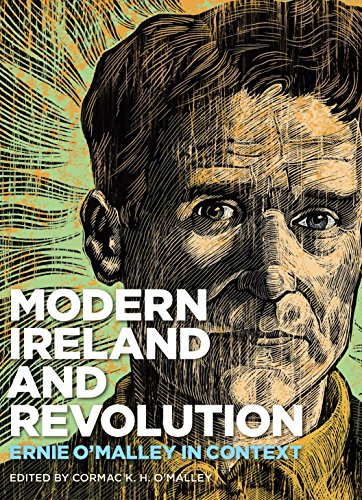
In 1922, following a decade of political ferment and much bloodshed, the Irish Free State was established, became stabilised, and developed along conservative lines. During these years the prevailing impulse was to reprove the actions of republicans who had rejected the Anglo-Irish Treaty, and many significant revolutionary voices were left unheeded.
In 1922, following a decade of political ferment and much bloodshed, the Irish Free State was established, became stabilised, and developed along conservative lines. During these years the prevailing impulse was to reprove the actions of republicans who had rejected the Anglo-Irish Treaty, and many significant revolutionary voices were left unheeded. One mind, more agile than most of his contemporaries, belonged to Ernie O’Malley. It was through his vastly popular ‘clipped lyric’ memoirs, especially On Another Man’s Wound in 1936, that many of the complexities of the republican mindset were brought to light for readers worldwide.
In 1922, following a decade of political ferment and much bloodshed, the Irish Free State was established, became stabilised, and developed along conservative lines. During these years the prevailing impulse was to reprove the actions of republicans who had rejected the Anglo-Irish Treaty, and many significant revolutionary voices were left unheeded. One mind, more agile than most of his contemporaries, belonged to Ernie O’Malley. It was through his vastly popular ‘clipped lyric’ memoirs, especially On Another Man’s Wound in 1936, that many of the complexities of the republican mindset were brought to light for readers worldwide.
In Modern Ireland and Revolution, leading Irish and American historians and academics deliver critical essays that consider the life, writings and monumental influence of Ernie O’Malley, and the modern arts that influenced him. After his involvement in the War of Independence and the Civil War, O’Malley developed a modernist approach while living abroad for ten years; he was devoted to the arts, moved in circles that included Georgia O’Keeffe and Paul Strand, and through his probing mind counteracted any notion that republicans of his era were dull, inflexible idealists. In this fascinating collection, art and revolution coincide, enriching every preconception of the minds that supported both sides of the Treaty, and revealing untoward truths about the Irish Free State’s process of remembrance.
